In honor of International Women’s Day (IWD), we wanted to share a list by Interesting Engineering of outstanding women in STEM who have made significant contributions in science, technology, engineering, and math.
International Women’s Day (March 8) is a day of global celebration. On this day, we honor the accomplishments and contributions women have made socially, economically, culturally and politically. People from around the world celebrate this day, which also serves as call to action for accelerating gender parity. IWD began over a century ago when over a million people in Austria, Denmark, Germany, and Switzerland gathered for the first ever March 8 IWD. In 2018, we see the evidence of a collective enthusiasm to keep the light of this day burning brightly to remind us of the importance that women, from all around the world, bring to our great planet!
“The story of women’s struggle for equality belongs to no single feminist not to any one organization but to the collective efforts of all who care about human rights.” Gloria Steinem, world-renowned feminist, journalist and activist.
A List of Notable Women in STEM:
Hypatia
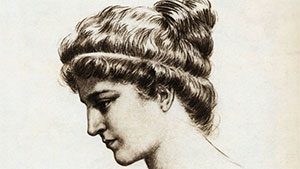
She was a prolific polymath in Roman Alexandria. Hypathia spent her life working as a Greek mathematician, astronomer, and philosopher in what was then the Byzantine Empire. If you want to get to know her life story even more, check out the film Agora.
Marie Curie
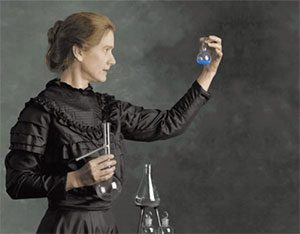
Madam Curie opened up a whole new world to humankind through her pioneering research on radioactivity. She sacrificed greatly for her contributions, leading ultimately to her death. The first woman to earn a Nobel Prize, she blazed a trail for humanity. She then climbed even higher when she earned her second Nobel Prize, the first woman to ever do that in history, as well.
Rosalind Franklin
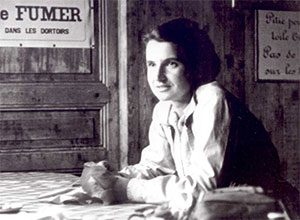
If it weren’t for the brilliant mind of Rosalind Franklin, Watson, Crick, and Wilkins, may not have discovered the double helix structure in 1962. Through her work with X-Ray diffraction images of DNA, humankind’s understanding of DNA structure revealed itself as did the molecular structures of RNA, viruses, coal, and graphite.
Lise Meitner
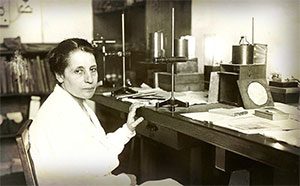
Lise Meitner helped lead a small group of scientists to discover nuclear fission of uranium when it absorbed an extra neutron. Nuclear energy is considered is a renewable resource that can help people save energy. In 1926, Meitner became the first woman in Germany to assume a post of full professor in physics, at the University of Berlin.
Gertrude B. Elion

The work of Gertrude Elion may be best appreciated by those whose lives had been saved by the drug AZT (AIDS drug) and the first immunosuppressive drug, azathioprine, used for organ transplants. It was her research that led to discoveries in medicine that later led to the development of AZT. In 1988, she shared the Nobel Prize in Physiology.
Augusta Ada King-Noel, Countess of Lovelace
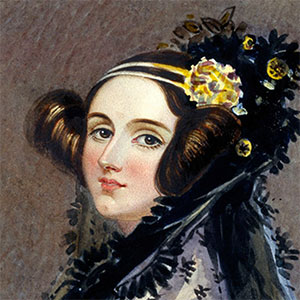
Way before Apple or Microsoft became the super giants of the computer world, came the world’s first computer programmer, Augusta Ada King-Noel. She created the first algorithm intended for the use in a general-purpose computer called the Analytical Engine. (How cool is this?!)
Jocelyn Bell Burnell
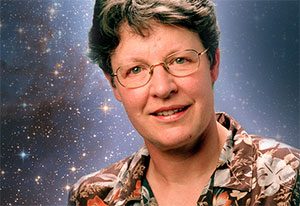
Straight out of Northern Ireland is an astrophysicist credited with being “one of the most significant scientific achievements of the 20th Century”. Why? Well, as a research assistant, she helped build a large radio telescope and discovered pulsars, providing the first direct evidence for the existence of rapidly spinning neutron stars. This importance of this work helps astronomers continue to learn more about the universe and all its perplexities.
Barbara McClintock
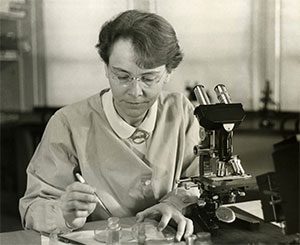
A 1983 Nobel Prize Winner in Physiology for her discovery that genes could move from place to place on a chromosome, Barbara McClintock was considered a true leader in the field of cytogenetics. Basically, her research demonstrated that genes are responsible for turning physical characteristics on and off.
Chien-Shiung Wu
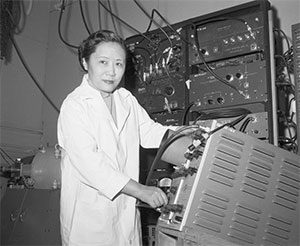
During the Manhattan Project, Chien-Shiung Wu made significant contributions in the field of nuclear physics. She did this by helping to develop the process of separating uranium metal into Uranium-235 and Uranium-238 isotopes by gaseous diffusion. She is dubbed as “the First Lady of Physics”.
Dian Fossey

Dian spent 14 years studying mountain gorillas in the jungles that line the hills of the Virunga Volcanoes, a region shared by Rwanda, Uganda and Congo. Her discoveries changed the scientific and public image of gorillas. Dian fought hard to protect these “gentle giants” from environmental and human hazards.
Rachel Carson
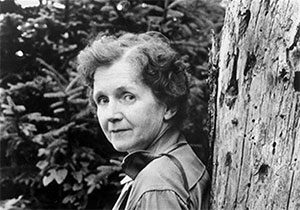
American marine biologist, author, and conservationist, Rachel Carson is credited with advancing the global environmental movement. A 1983 Nobel Prize Winner in Physiology, she first alerted the world about the environmental impact of fertilizers and pesticides.
